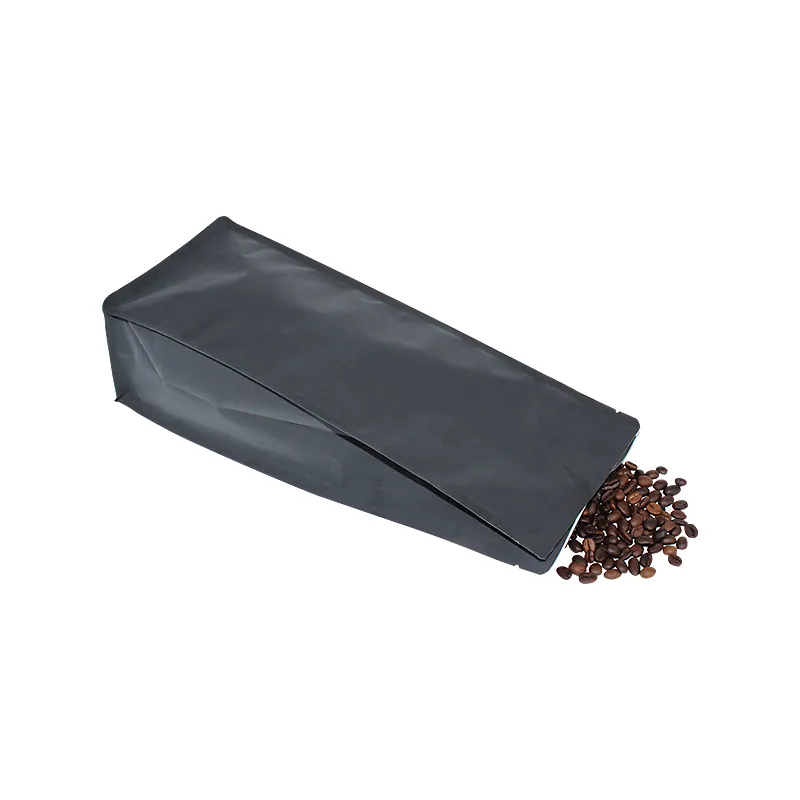Overview of the Packaging Workflow and Production Steps in Manufacturing
The Packaging Process Ensuring Quality and Efficiency
The packaging process plays a critical role in modern manufacturing and logistics, serving as the bridge between production and delivery. It involves a series of carefully coordinated steps that ensure products are protected, preserved, and presented to consumers in the most effective way possible. This article will explore the key stages of the packaging process, highlighting its importance in various industries, and discussing emerging trends that are shaping its future.
1. Design and Development
The packaging process begins with design and development. This stage involves conceptualizing the packaging that will best suit the product while considering factors such as brand identity, functionality, and sustainability. Designers must balance aesthetics with practicality; the packaging must not only attract consumers but also protect the product during transit and storage. Using advanced software tools, designers can create prototypes and test them under various conditions to ensure they meet all necessary requirements.
2. Material Selection
Once the design is finalized, the next step is material selection. Packaging materials can range from plastic, glass, and metal to biodegradable alternatives. The choice of material significantly impacts the product's shelf life, cost, and environmental footprint. In recent years, there has been a strong push towards sustainable packaging solutions due to increasing consumer awareness and demand for eco-friendly products. Manufacturers now frequently explore biodegradable materials, recycled content, and innovative packaging designs that minimize waste.
3. Production and Printing
Following material selection, the packaging enters the production phase. This involves printing labels and branding on the packaging, as well as manufacturing the packaging components themselves. High-quality printing technologies, such as flexography and digital printing, are employed to ensure that the graphics are sharp and vibrant, enhancing product visibility. Efficient production processes are crucial to meeting market demands, and many companies are investing in automation and digital solutions to streamline operations.
packaging process

4
. Filling and SealingOnce the packaging components are produced, the actual filling and sealing of the products can commence. This stage varies greatly depending on the type of product being packaged. For liquids, automated filling lines ensure accuracy and speed, while solid products may require different handling techniques. The sealing process is equally important, as it ensures that the product remains secure and uncontaminated during transport. Advanced technologies, including vacuum sealing and tamper-proof designs, are frequently integrated to enhance product security.
5. Quality Control
Quality control is an essential part of the packaging process. Manufacturers must ensure that all packaging meets industry standards and regulations. This includes testing for durability, compatibility with the product, and the ability to withstand various conditions such as temperature fluctuations and humidity. Regular inspections and audits help maintain high standards and avoid costly recalls or customer complaints.
6. Distribution and Logistics
Finally, the packaged products are ready for distribution. An effective packaging design not only facilitates easier handling but also optimizes storage space during transportation. This ensures that products arrive at their destinations intact and in a timely manner. Many companies now utilize smart packaging solutions equipped with RFID or QR codes, which help track products throughout the supply chain and improve inventory management.
Conclusion
The packaging process is a multifaceted operation that demands attention to detail and innovation. As consumer expectations evolve, so too does the packaging industry, embracing sustainability, automation, and technological advancements. By understanding and optimizing each step of the packaging process, companies can ensure their products not only reach consumers safely but also stand out in an increasingly competitive market.













